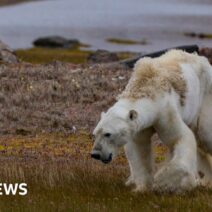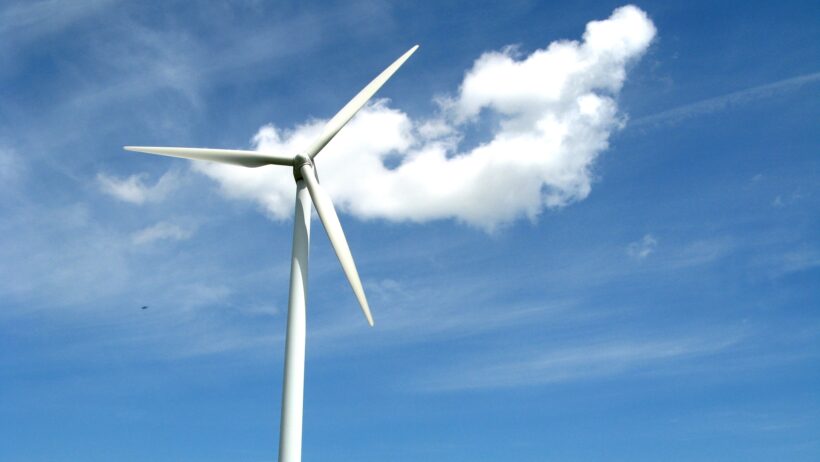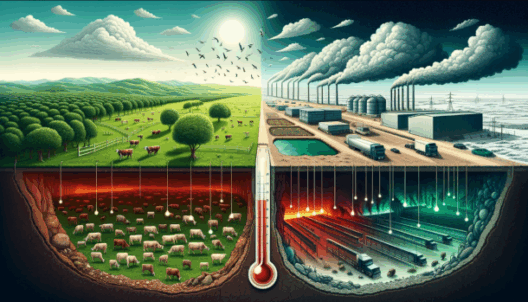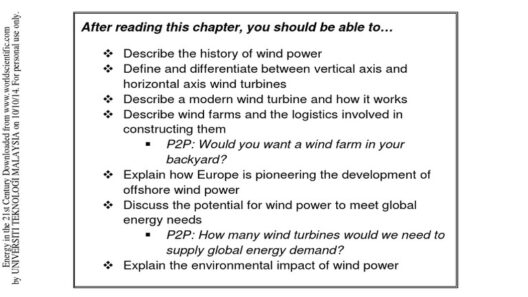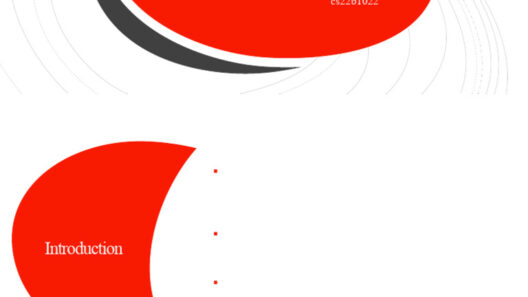The advent of renewable energy technologies has led to a burgeoning interest in wind power. But how much energy does one wind turbine truly produce? Let’s embark on a deep dive into the intriguing world of wind turbines and their energy output, while raising a playful question: What if every neighborhood had its own mini power plant? Could it herald a revolution in energy independence?
Determining the energy output of a wind turbine involves a myriad of factors, including the turbine’s specifications, site conditions, and local wind patterns. This multiplicity of variables contributes to a rich tapestry of data that can help us understand the potential of these marvels of engineering.
As we navigate through this exploration, we will examine the differing types of wind turbines, factors affecting their energy output, and the potential challenges facing individual turbines in generating energy sustainably.
Wind Turbine Types: A Classification of Power Sources
When discussing energy production from wind turbines, it’s essential to recognize the different types that exist. Primarily, there are two classifications: horizontal-axis wind turbines (HAWTs) and vertical-axis wind turbines (VAWTs). HAWTs are ubiquitous on wind farms, characterized by their blades resembling those of an airplane propeller. They are generally more efficient, capturing about 40-50% of the kinetic energy within the wind. On the other hand, VAWTs feature blades that rotate around a vertical axis. While they can be advantageous in turbulent wind conditions, they typically exhibit lower efficiency, capturing only around 30-45% of wind energy.
Within these categories, there exists a staggering variety of turbine sizes and capacities, typically measured in megawatts (MW). A conventional utility-scale turbine ranges from 1.5 to 3.0 MW, while smaller models, often utilized in residential settings, may generate around 5 kW to 10 kW. To understand energy output comprehensively, it’s crucial to analyze the rated capacity—the maximum output under ideal wind conditions.
The Energy Output Equation: Harnessing the Wind
Energy output from a wind turbine is intricately calculated using a combination of factors: wind speed, turbine size, and capacity factor. The pivotal element in this equation is the wind speed, which exhibits a cubic relation to energy output. This means that increasing wind speed even marginally can drastically enhance the power generated by a turbine. The energy formula utilized is: E = 0.5 × ρ × A × v³, where ρ denotes air density, A represents the rotor swept area, and v is the wind velocity.
The capacity factor—which indicates the ratio of actual output over a given period compared to its potential output—plays a significant role in determining a turbine’s efficiency. For instance, a turbine with a rated capacity of 2 MW, operating at a 40% capacity factor in a region with consistent winds, could generate approximately 2,000 MWh annually. In contrast, in an area with less favorable wind conditions, the same turbine might produce only half that amount.
The Fickle Nature of Wind: Opportunities and Challenges
While wind energy appears abundant, it is also notoriously variable. Wind doesn’t blow consistently or at constant speeds. This intermittency poses challenges in energy generation, necessitating backup systems or energy storage solutions. The design and installation of wind turbines must account for local climatic conditions, ensuring that they are sited in areas with a high likelihood of consistent wind flows.
Furthermore, an engaging question arises: When does the potential energy output of a wind turbine cease to justify its installation? It’s a pressing query that encroaches upon the economic aspects of wind energy generation: when do the costs associated with installation, maintenance, and decommissioning overshadow the energy benefits accrued from a single turbine? Understanding the balance between these factors is paramount in fostering sustainable wind energy practices.
Mitigating Challenges with Advanced Technology
To address the issues of energy variability and economic feasibility, advancements in technology are paramount. Innovations in materials science, turbine design, and energy storage systems promise to enhance the performance and reliability of wind turbines. Companies are now employing larger blades and taller towers to capture higher wind speeds, thereby significantly increasing the energy output of individual turbines.
Additionally, integrating artificial intelligence and machine learning algorithms can optimize the operational efficiency of wind farms. Predictive analytics can forecast wind patterns more accurately, enabling better energy dispatching and grid management. Such advancements could make individual turbines even more lucrative investments, further pushing boundaries in harnessing wind energy.
Conclusion: The Future of Wind Energy
To encapsulate, the energy production of an individual wind turbine is a complex interplay of various factors, predominantly influenced by wind conditions and technological advancements. While one turbine can produce anywhere from a few megawatts to several gigawatt-hours annually, the environmental and economic implications are vast. The potential future where our neighborhoods are powered by personal wind turbines raises insightful questions about our energy landscape, pushing us to rethink our relationship with renewable sources. As society collectively moves towards cleaner energy solutions, the role of wind turbines will undoubtedly remain central in this ongoing evolution, undoubtedly challenging our perceptions and expectations of energy generation.


